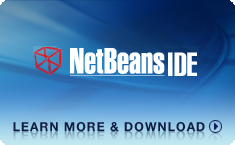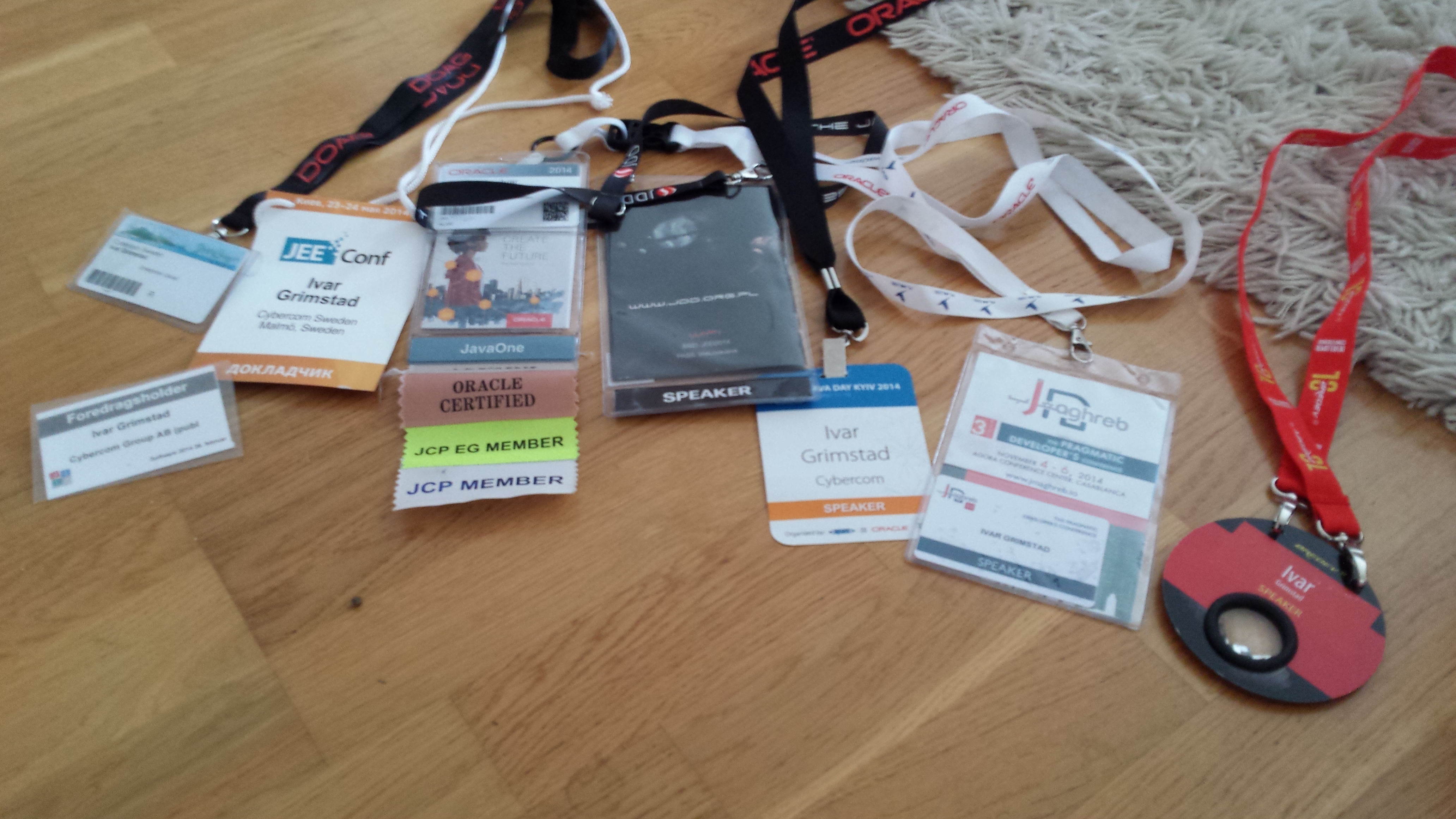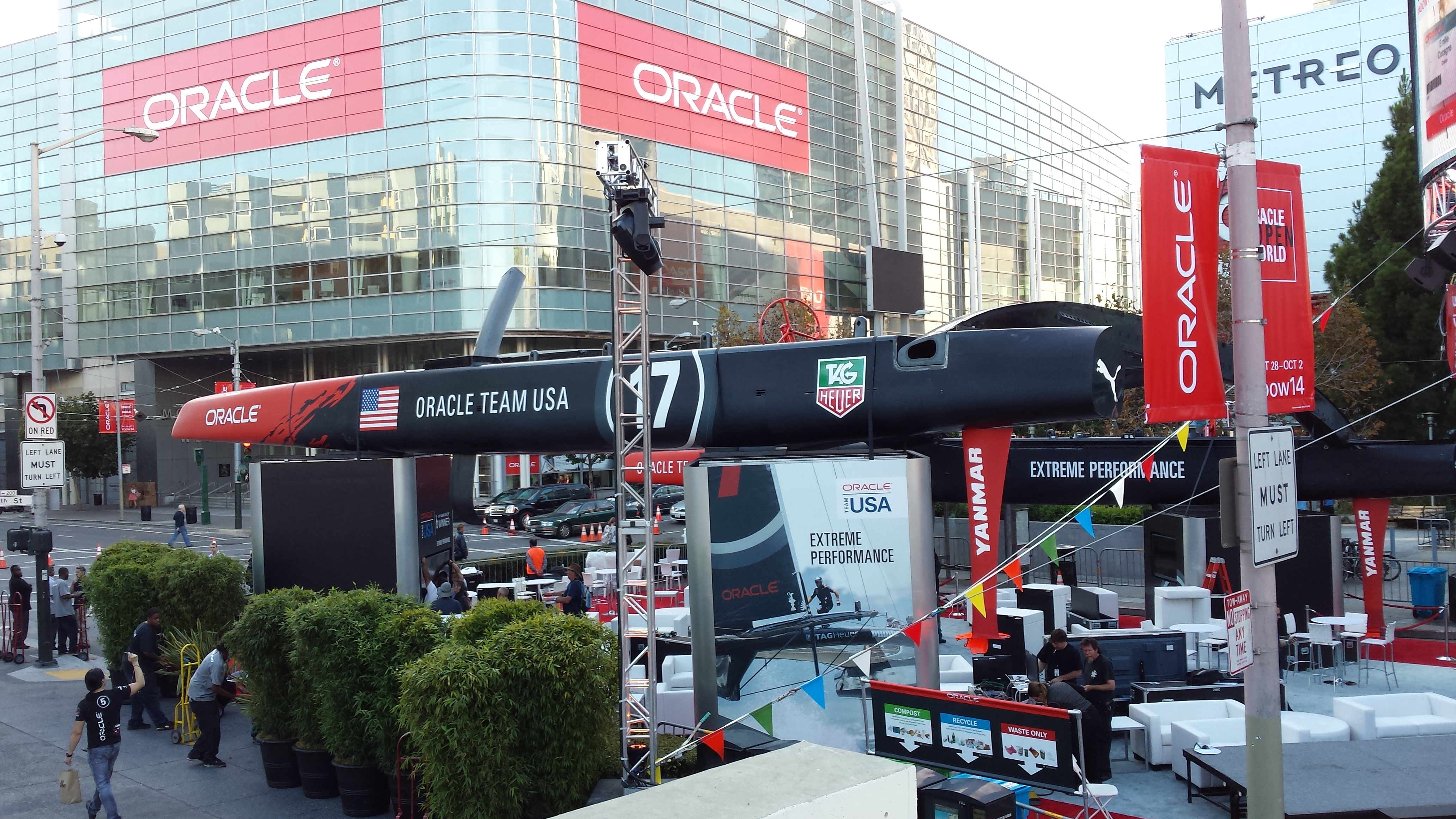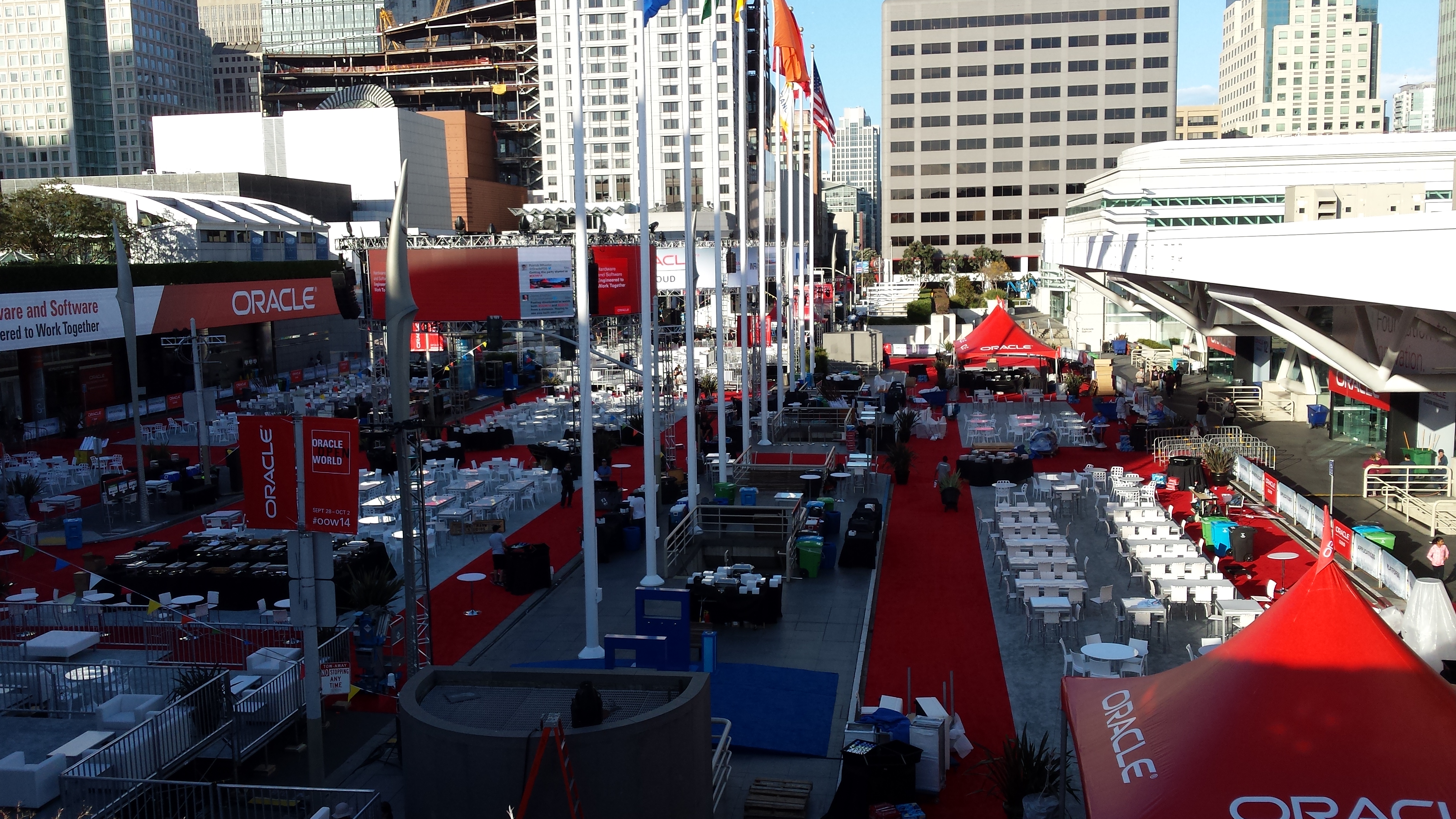*** Updated ! ***
I came over this problem when I moved an existing Java EE 7 application from WildFly 8.1.0.Final to 8.2.0.Final. The application is a pure Java EE 7 application with no external dependencies, so you would think it should run without any changes when upgrading the minor verision of a Java EE 7 compliant application server.
In my code I have a LogProducer which enables me to inject the logger using @Inject and this producer was annotated with the javax.inject.Singleton. This works fine in WildFly 8.1.0.
import java.util.logging.Logger;
import javax.enterprise.inject.Produces;
import javax.inject.Singleton;
import javax.enterprise.inject.spi.InjectionPoint;
@Singleton
public class LogProducer {
@Produces
public Logger producer(InjectionPoint ip) {
return Logger.getLogger(ip.getMember().getDeclaringClass().getName());
}
}
But when I started it in Wildfly 8.2.0, I got the infamous WELD-001408:
org.jboss.weld.exceptions.DeploymentException: WELD-001408: Unsatisfied dependencies for type Logger with qualifiers @Default
The reason for this is that Wildfly 8.2.0 builds upon Weld 2.2 (CDI 1.2), while Wildfly 8.1.0 builds upon Weld 2.1.2 (CDI 1.1). To make the producer work in WildFly 8.2.0, I had to change the annotation to javax.ejb.Singleton.
import java.util.logging.Logger;
import javax.enterprise.inject.Produces;
import javax.ejb.Singleton;
import javax.enterprise.inject.spi.InjectionPoint;
@Singleton
public class LogProducer {
@Produces
public Logger producer(InjectionPoint ip) {
return Logger.getLogger(ip.getMember().getDeclaringClass().getName());
}
}
As pointed out in the comments, using an EJB as a producer may not be the most efficient or correct way. In this case I prefer to use @ApplicationScoped as shown below.
import java.util.logging.Logger;
import javax.enterprise.inject.Produces;
import javax.enterprice.context.ApplicationScoped;
import javax.enterprise.inject.spi.InjectionPoint;
@ApplicationScoped
public class LogProducer {
@Produces
public Logger producer(InjectionPoint ip) {
return Logger.getLogger(ip.getMember().getDeclaringClass().getName());
}
}
In the current version of NetBeans (8.0.2), this will produce a warning regarding the injection point, Bug 244173.




